Composition, properties and advantages of microfiber fabric
Today, there are many varieties of matter that differ in composition and characteristics. Usually people give preference to natural materials, but among synthetic ones there are quality options. Every year, experts look for ways to improve the strength and other properties of the paintings. Some people choose microfiber products. But what this fabric is and what it is made of, not everyone knows.

Fiber production
The development of modern technology makes it possible to create new materials that simplify human life. One of the useful innovations was microfiber made of polymers. The thread thickness was 0.7 den. The material was developed in Japan at the end of the 20th century. It was a breakthrough in the textile industry. The new fiber became so popular all over the world so quickly that it was necessary to increase its production volume several times.
In the early 90s of the last century, Swedish scientists managed to split the thread 8 times, making it thinner than the original. The new microfiber began to look for different applications. Today it is used for many purposes.
Microfiber fibers are considered one of the thinnest among all materials. To make it, experts use a two-layer polymer thread. Its inner layer is made of polyamide, and the outer one is made of polyester.
Stages of creating the canvas:
- The polymer material is passed through a special machine called an extruder. In the device, the raw material softens and takes on a certain shape. Then it is pressed through the filter holes. The result is 8 thinnest stellar fibers.
- The resulting strands are washed with cold water to separate the outer layer from the middle.
- Then the fibers are twisted into a common thread.
After these steps, a web is formed consisting of ultra-thin polyester fibers with gaps and voids. These features increase the hygroscopicity of the material.
Composition and description
Microfiber fabric (microfibre, microfibra, microfiber) consists of threads that are tens of times smaller in thickness than a human hair. The fiber diameter is 0.06 microns. One filament contains 50-150 microfibers. Other names of the fabric are microfiber, microfiber, microfaser, multifiber.
The main advantages of matter:
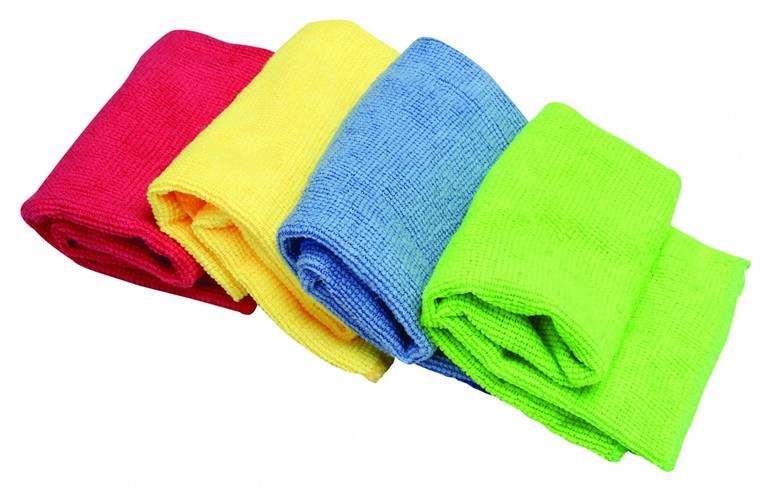
- Excellent absorbency. It is impossible to sweat under the covers or blankets, as there are enough micro-gaps in the fibers of the material.
- High air permeability. Due to this feature, in microfiber clothing the body will breathe at any time of the year.
- Possibility of coloring. The fabric is easy to process, and the initial shade remains on the product for a long time. Therefore, people can purchase bright and multicolor textiles from microfiber.
- Strength. Cloths of thin threads are not deformed. This property increases the durability of products.
- Resistance to ultraviolet rays. The fabric does not deteriorate in the sun, but it is able to retain heat, which is important in the cold season.
- Simple care. Since microfiber does not deteriorate, products from it can be washed in an automatic machine.
The material does not fade and does not leave fibers on other things, since the threads in the fabric are firmly bonded to each other. This makes it possible to wash microfiber with products with a different composition.
Like other fabrics, microfiber has some disadvantages.:
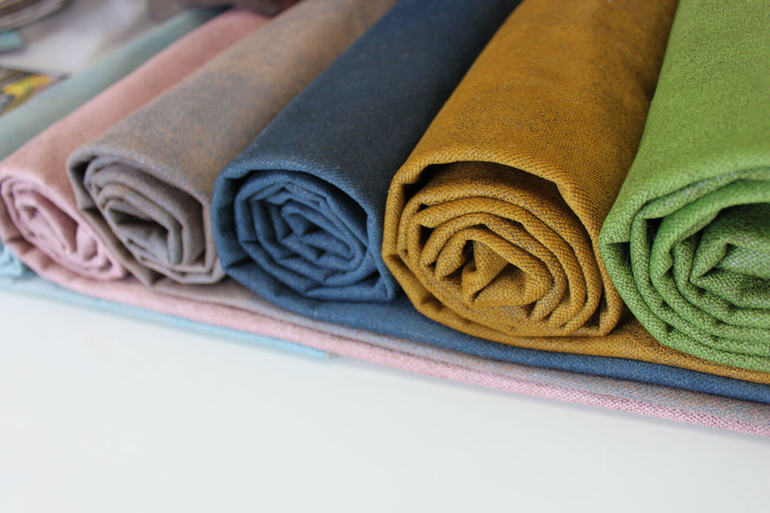
- Matter with 100% microfibre cannot be heat treated.The fabric does not deform due to mechanical stress, but if it is ironed, washed in hot water or dried on a battery, it will deteriorate.
- Due to its high hygroscopicity, the material quickly absorbs fats and fat-containing agents, after which it becomes unsuitable for further use.
- Individual intolerance. Some people may be allergic to the tissue, which happens with other materials.
- High price. Since expensive equipment is required to create a quality canvas, the final product cannot be cheap.
- Matter builds up static electricity. Because of this, it easily attracts dirt and dust. However, this drawback will be the main advantage of products intended for cleaning.
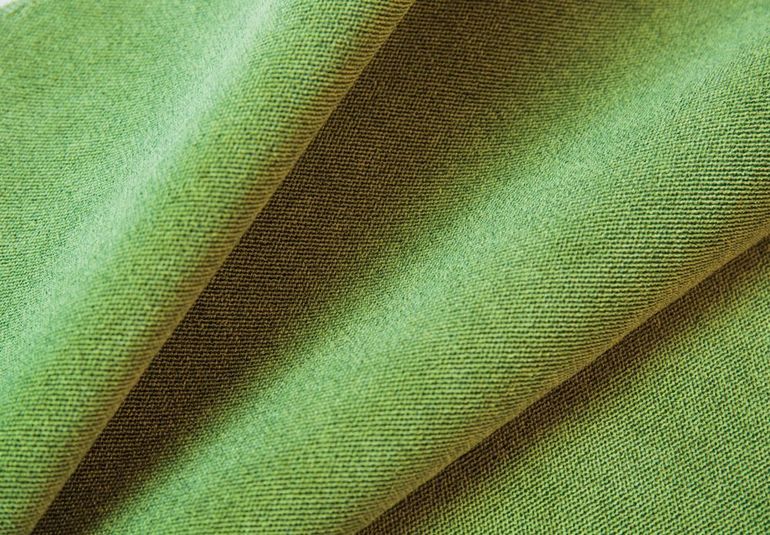
Although microfiber has several drawbacks, they overlap with many of its advantages. The fabric is pleasant to the touch, has no odors and has an antifungal effect. In addition, the material is environmentally friendly and can be used at home.
Varieties of fabric
To create microfiber, different technologies are used to improve its quality and apply the material in different fields. Some types of paintings can be used in several areas at once. Microfiber products are divided into woven and non-woven. The first are distinguished by a special interweaving of fibers and fluffiness. Products are characterized by high wear resistance and durability. The nonwoven fabric has a smooth structure. Things from it do not have villi and are suitable for the gentle care of glass and glossy surfaces.
Other types of microfiber also exist:
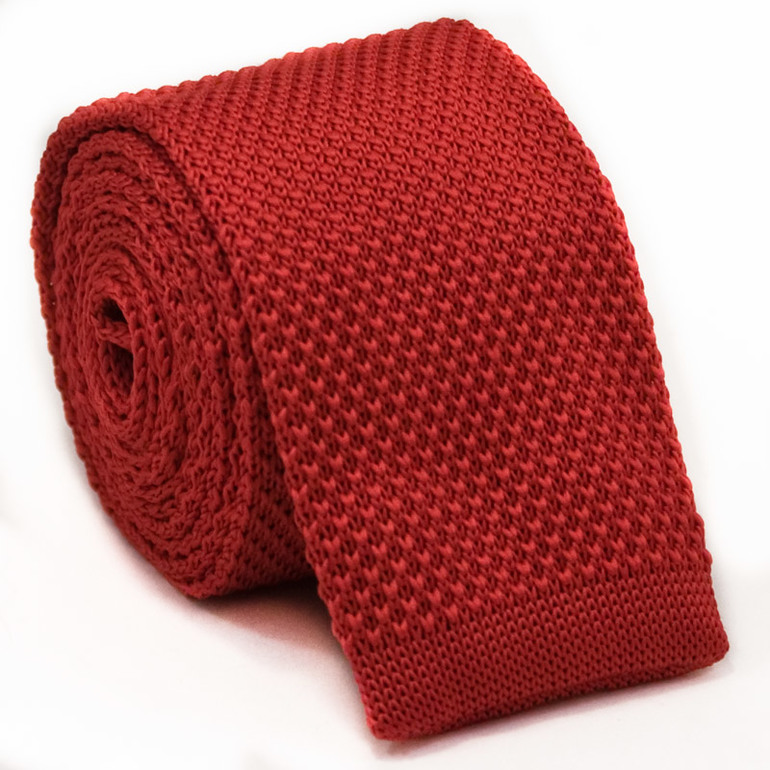
- Knitted. Yarn is created from such a fabric, with which it is possible to make any products of tight or openwork knitting. The threads lie evenly and neatly, so the clothes are light. Rags from knitted cloths are used for dry cleaning.
- Faux suede. Such material can be either woven or non-woven. It is used for many purposes. In appearance, such a suede does not differ from natural. Microfiber is easy to care for. It does not deteriorate and repels dust and dirt very well.
- Acrylic Typically, this material is contained in up to 20% in microfiber products. Clothing with the addition of acrylic retains its original shape longer, since it does not stretch when worn and does not sit down after washing.
- Bamboo. For its manufacture, cellulose fibers from a bamboo stem are used. Matter is easy to care for and has a long service life.
Microfresh is considered a novelty. Light and delicate fabric is unpretentious in leaving. It significantly exceeds the properties of cotton matter. Recently, textile companies began to produce squeezed microfresh, which is a fleece fabric with a “wrinkled” texture. Microvilli give the material a special tenderness. It is used in the production of bedding.
Microtex (microtex) - another subspecies of microfiber with high functionality. Wind and waterproof material has good vapor transmission.
Microfiber Companies
Three companies in the world are engaged in the creation of microfiber. Each of them is characterized by a certain specialization and applies a special technology:
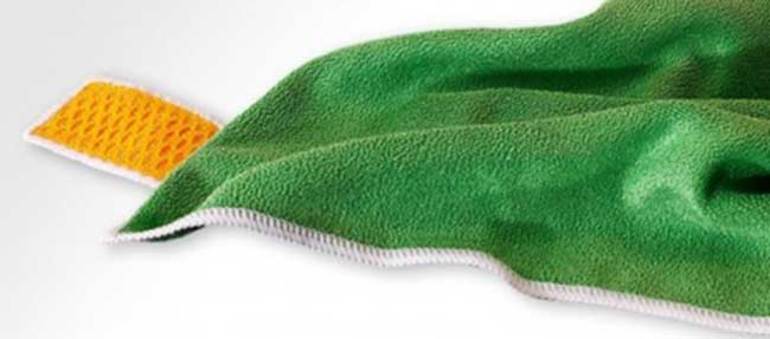
- Micro Modal. The company uses beech pulp as the main raw material. Products are thin and soft. The products of this brand are often compared with silk. The fabric is usually used for sewing underwear and clothing. Things for a long time retain their quality characteristics in the process of use.
- Meryl Cloths are made from polyamide fibers. The main difference between the fabrics of this brand is the antiseptic properties that manufacturers achieve by processing matter with silver particles. Microfiber is used to create casual clothes and underwear. The products of this company are considered the most expensive.
- Tactel The material is made of polyamide.The fabric is characterized by delicate structure and softness. Hypoallergenic matter is not inferior to cotton in its qualities. It is also used when sewing different items of clothing.
Under the Tactel brand, several sub-types of microfiber are produced. Fabrics may have a brilliant shimmer, mottled color or velvet effect.
Areas of use
Microfiber is considered a universal material. From it you can make many different things that people need.
Areas in which microfiber fabric is used:
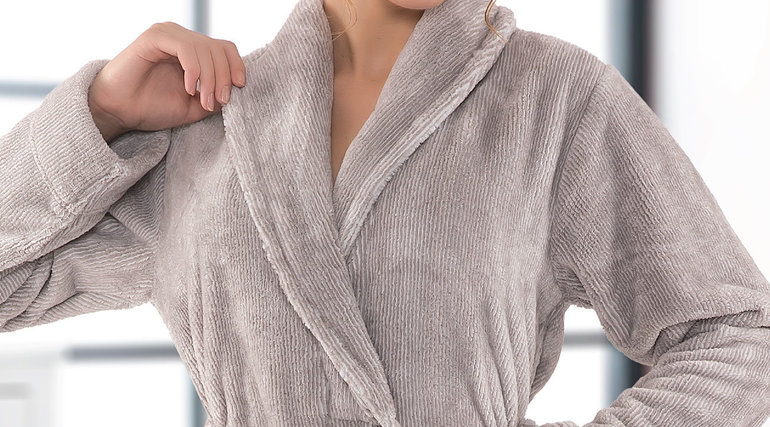
- Clothing. The fabric is used for sewing adults and children's things for different seasons. Microfiber products are warm in winter and comfortable in summer. The material is also used to create sportswear, as it absorbs sweat well. Multifiber tights are better than products from other materials, as they are stronger, softer and better.
- Footwear. Outwardly, it resembles leather or suede. These shoes are comfortable to wear. It is advisable to purchase it because of the high moisture resistance.
- Home textiles. The fabric is used to create bedding, rugs, towels, pillows. Products do not crease and retain heat. Bedding does not lose color and does not deteriorate after regular washes.
- Products for cleaning. Since microfiber accumulates electricity, it can absorb a maximum of dust and contaminants. Napkins made of this fabric can wipe even the most delicate things. This matter is soft and leaves no streaks. Microfiber make wipes for the care of optics, nozzles for mops, rags for dry and wet cleaning, accessories for cleaning rooms and vehicles.
Microfibre fabric is often used for upholstery, which does not require complex care. The material holds its shape for a long time. Since it may look like natural suede, leather or jacquard, it gives the furniture an expensive look.
Product Care
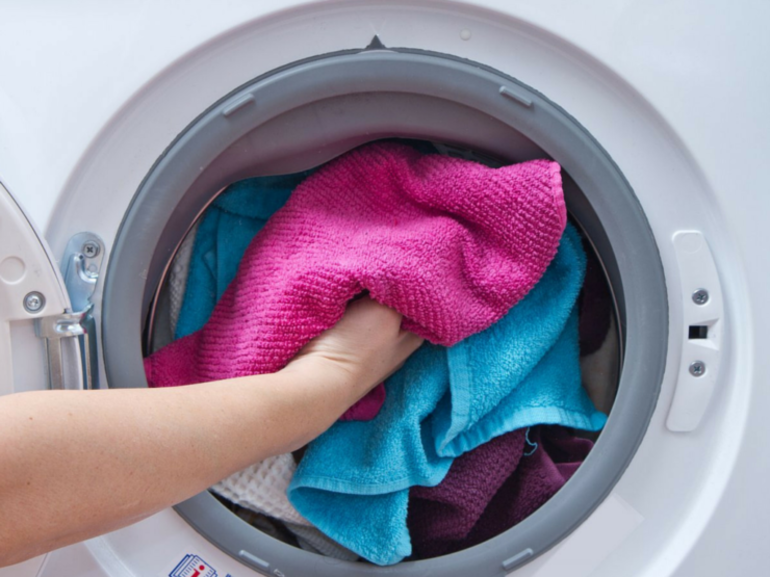
So that microfiber items do not lose their original properties for a long time, they must be washed only in cold water. For hand washing, use regular laundry detergent or laundry soap. If things need to be washed in an automatic machine, then this must be done without an air conditioner.
Drying should be on a horizontal surface indoors or outdoors. Since the material practically does not crease, it is not ironed. If you can not do without ironing, then on the iron you need to select the "silk" mode with a minimum temperature.
Furniture upholstery should be wiped with a sponge or a special brush with a soft pile. You can vacuum clean the coating once a week. If tea or other liquid is accidentally spilled on the sofa, then the stain should be blotted with a paper towel or a dry cloth without rubbing it on the surface. Intensive soiling should be wiped with a sponge dipped in soapy water. Then the cleaned area should be wet with a dry rag and dried naturally.
With proper care, any microfiber items can last more than 5-6 years and maintain their beautiful appearance. It must be remembered that not all synthetics are harmful to human health. Modern technologies make it possible to create environmentally friendly materials from artificial raw materials that make things comfortable and pleasant to the touch.
Customer reviews
I have been using microfiber cleaning products for a long time. In the kitchen and in the bathroom I have a lot of washcloths and rags, with which I wipe the glass, furniture and other surfaces. I like very much that the material does not leave scratches and stains on the windows. But I do not like bed linen from this fabric, because it is electrified.
For dry and wet cleaning, I always use microfiber rags. But only recently I learned that even clothes are made from this material. In the fall, I bought microfiber jackets for my kids. Children really liked them, as they are comfortable to wear. Things perfectly stand washing in the machine. Jackets dry out overnight, even if the room is cold.And later I bought a tracksuit in which it’s comfortable to run. In addition, you do not sweat in it, so for the summer I also acquired tops made of high-quality synthetics.
On my last birthday, my mother gave me a set of microfiber bedding. The material is soft and pleasing to the body. The fabric pleases with bright colors and a beautiful sheen. Products look expensive. I was afraid that after washing the laundry would sit down, but it did not deform in any way. Also pleased that the paintings dried quickly. I think to buy a second set of the same material.
- How to choose a vacuum cleaner taking into account the characteristics of the house and coatings?
- What to look for when choosing a water delivery
- How to quickly create comfort at home - tips for housewives
- How to choose the perfect TV - useful tips
- What to look for when choosing blinds
- What should be running shoes?
- What useful things can you buy in a hardware store
- Iphone 11 pro max review
- Than iPhone is better than Android smartphones



